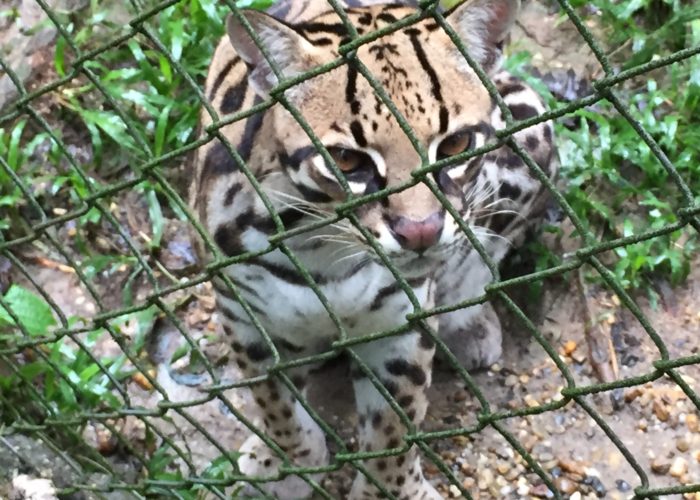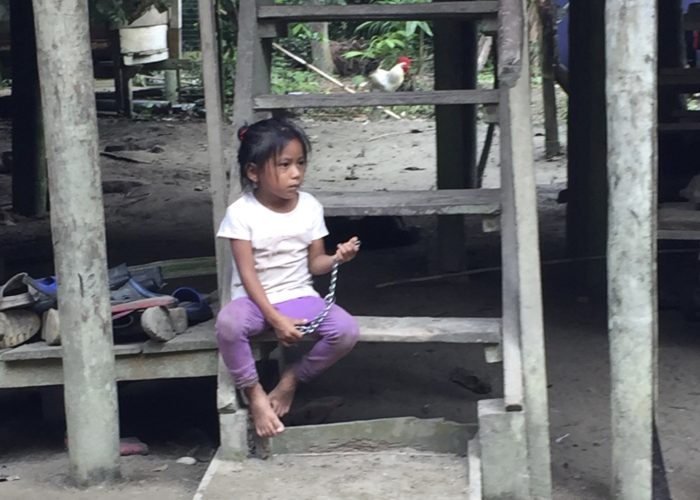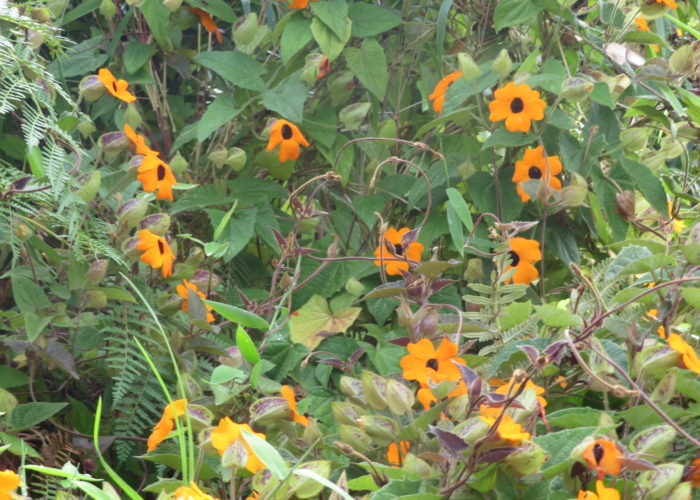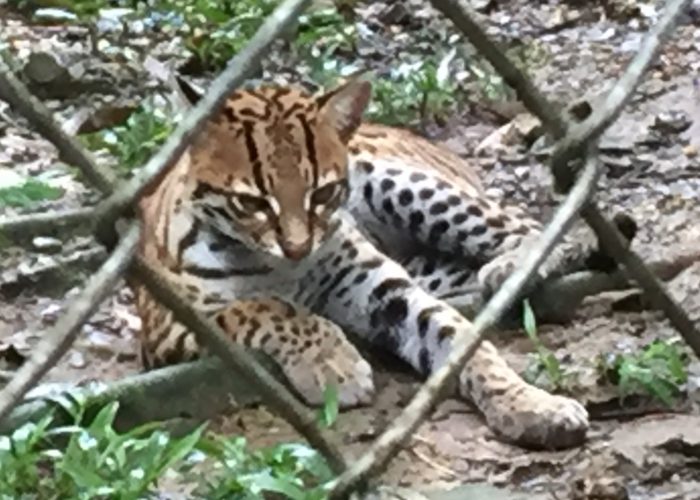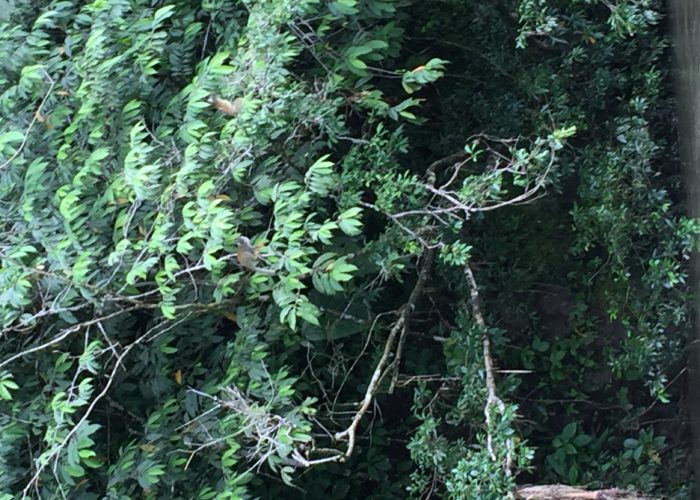Crossing the Andes in our Dragoman truck from the western highlands, we descended into the lush forests and jungles to the east. The climate shift was immediately noticeable, transitioning from the arid deserts of Peru and the dry winds of Patagonia to a much wetter and greener environment. Here, the ground remained damp, and the vegetation was dense with a thousand shades of green. Our journey into the Ecuadorian Amazon would take us through the town of Baños, perched in the cloud forests of the Andes, and deeper into the Amazon basin near Tena and the fast-flowing Río Napo.
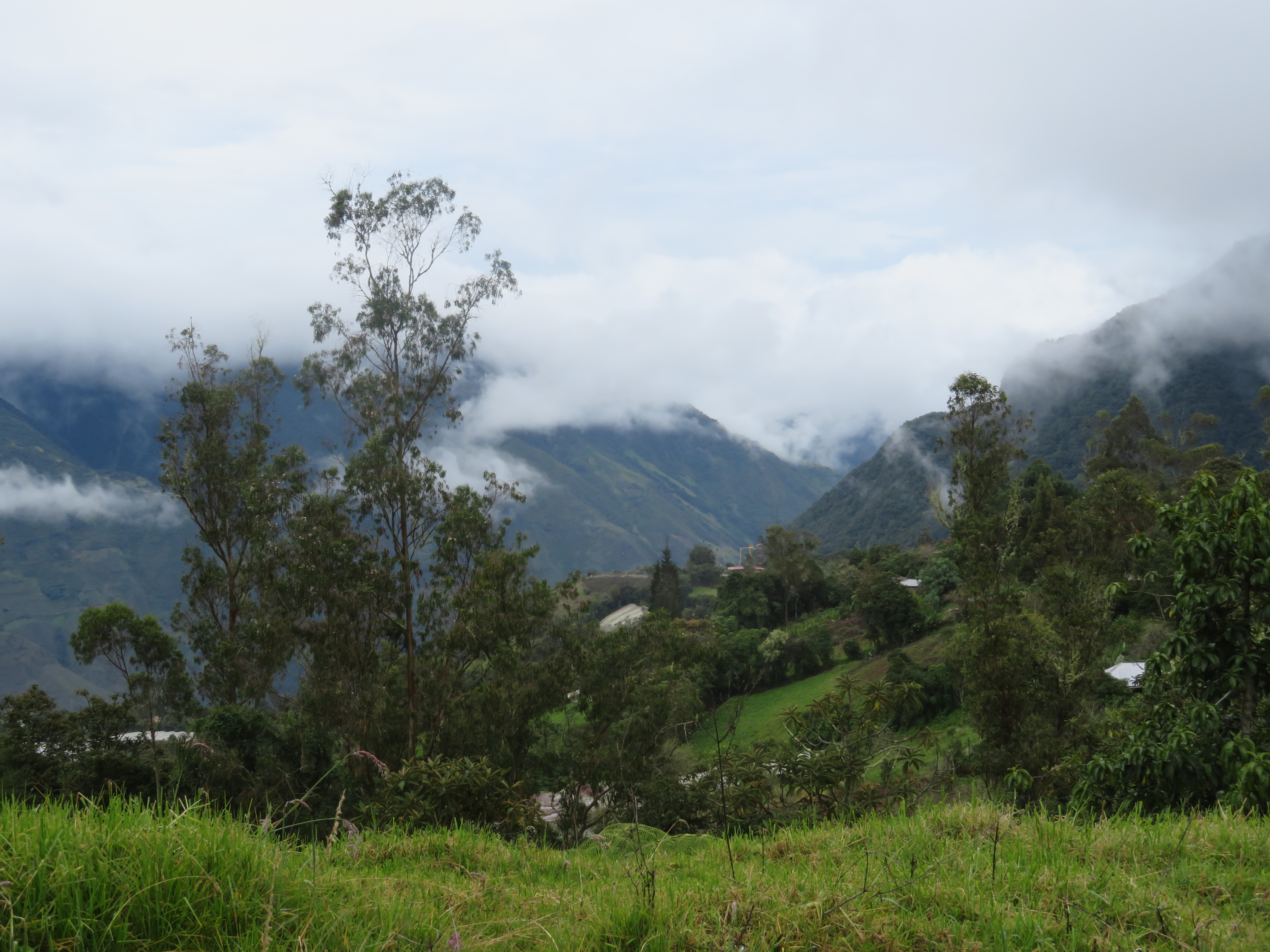
Geography & Climate
Baños and the Cloud Forests
Nestled at the edge of the Amazon basin and surrounded by towering peaks, Baños (Baños de Agua Santa) sits at around 1,820 metres (5,970 feet) in the eastern Andes. Known for its natural hot springs and waterfalls, Baños has become a major centre for adventure sports in Ecuador. White-water rafting, canyoning, and rock climbing are among the activities available here, and the town serves as a hub for trekking in the surrounding cloud forests.
On our first full day in Baños, we set off to explore the surrounding mountains. The trail took us through mist-laden forests, up one of the steepest climbs of our journey. Reaching an altitude of nearly 4,000 metres (13,100 feet), we were enveloped by clouds. Though challenging due to the elevation, the trek was rewarding, with cascading waterfalls plunging into deep gorges and the ever-present sound of rushing water.
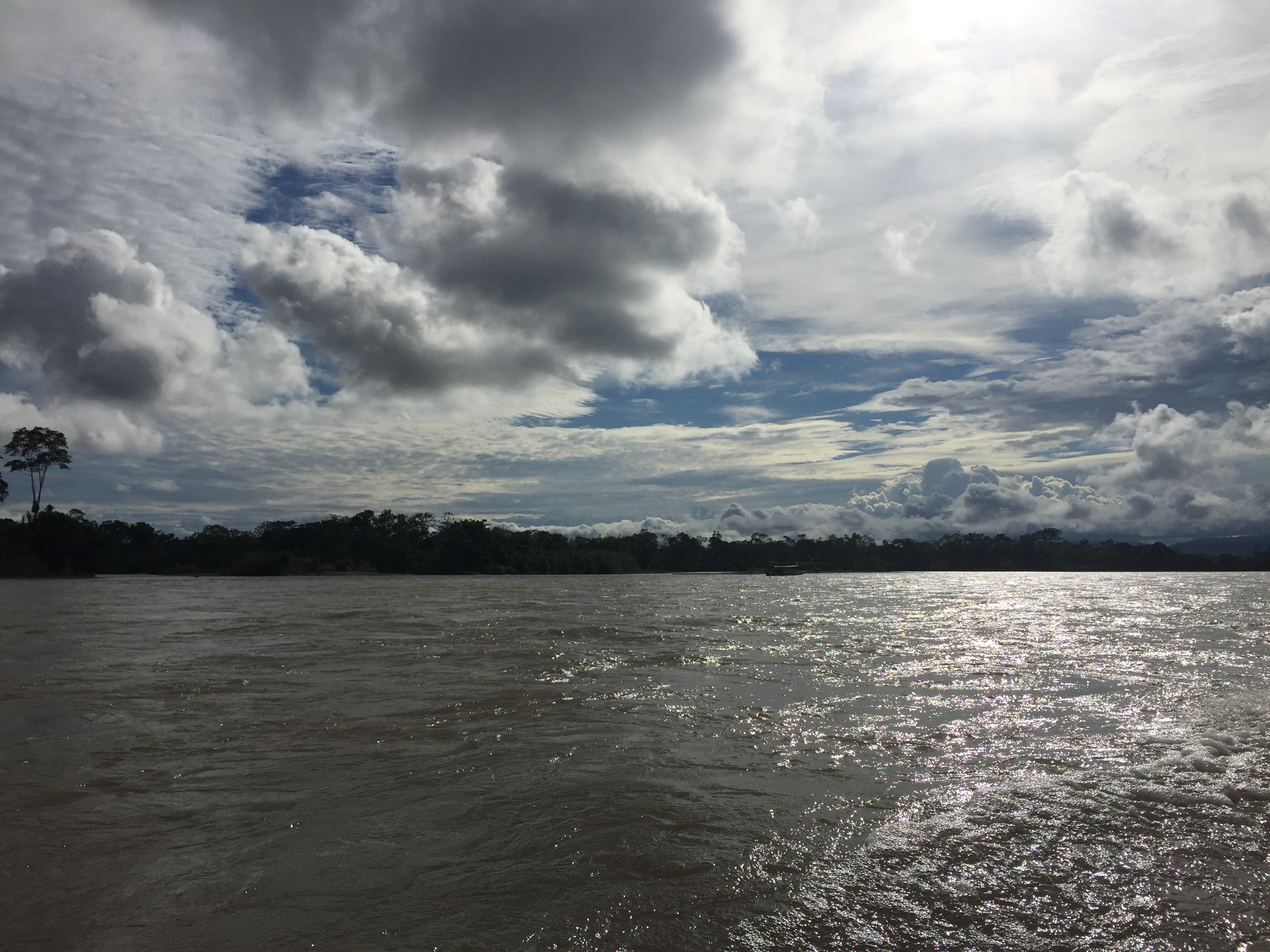
Into the Amazon – Tena and the Río Napo
From Baños, we ventured further east into the Amazon, near the town of Tena, a gateway to the Ecuadorian Amazon. Tena lies close to the Río Napo, one of the major tributaries of the Amazon River. Here, the rainforest is more tropical, with daily downpours of rain feeding the dense jungle canopy. The contrast between the cloud forests of Baños and the wetter Amazon basin is stark, with the Amazon’s relentless rains ensuring a more tropical environment.
While much of the rainforest in this region had been previously deforested for agriculture, Ecuador is working on reforesting parts of its Amazon. The government and conservation groups have implemented various reforestation programmes aimed at restoring the delicate ecosystems of the Amazon, focusing on both replanting native trees and protecting existing forests. This region is highly fragile; the soil is thin, and trees often have roots extending horizontally across the forest floor rather than growing deep into the ground, making the forest susceptible to erosion when disturbed.
The landscape is interspersed with rivers, caves, and underground lakes, formed as water flows underground after cascading down from waterfalls. These unique geological features add to the region’s biodiversity, and the rich variety of plant life provides the basis for many traditional medicines used by local indigenous communities.

History & Economics
Ecuador’s Amazon region has long been inhabited by indigenous communities, including the Quichua and Shuar people, who maintain traditional ways of life despite the encroachment of modern industries like oil and logging. Economically, the region’s wealth has often been tied to its natural resources, though in recent decades, there has been an increasing emphasis on ecotourism. Projects like Amazoonico, a wildlife rescue centre on the Río Napo, exemplify how conservation efforts are contributing to both the local economy and wildlife rehabilitation. While industries like oil extraction pose significant environmental challenges, Ecuador has made efforts to balance economic growth with environmental protection, especially under its progressive constitution (more on this below).
Culture & Food
The Ecuadorian Amazon is home to numerous indigenous communities that have preserved their cultural heritage despite centuries of external influence. During our visit, we spent time with one such community along the Río Napo. The locals demonstrated how they make chicha, a fermented drink made from yucca roots, which plays an important role in their diet, festivals, and social gatherings. We were also shown the traditional blowdart hunting techniques used by the community for hunting small animals like monkeys, a skill passed down through generations.
Food in this region largely consists of what can be hunted or gathered, with yucca, plantains, and fish from the rivers serving as dietary staples. These communities have a deep connection with their environment, relying on the forest for food, medicine, and spiritual practices.

In Misahuallí, a small town near the Río Napo, we had a different sort of wildlife encounter. The town’s central square is overrun by playful capuchin monkeys, which have become somewhat of a local attraction. The monkeys, unafraid of humans, interact freely with both locals and tourists, often playfully chasing the town’s dogs in an amusing display of dominance.
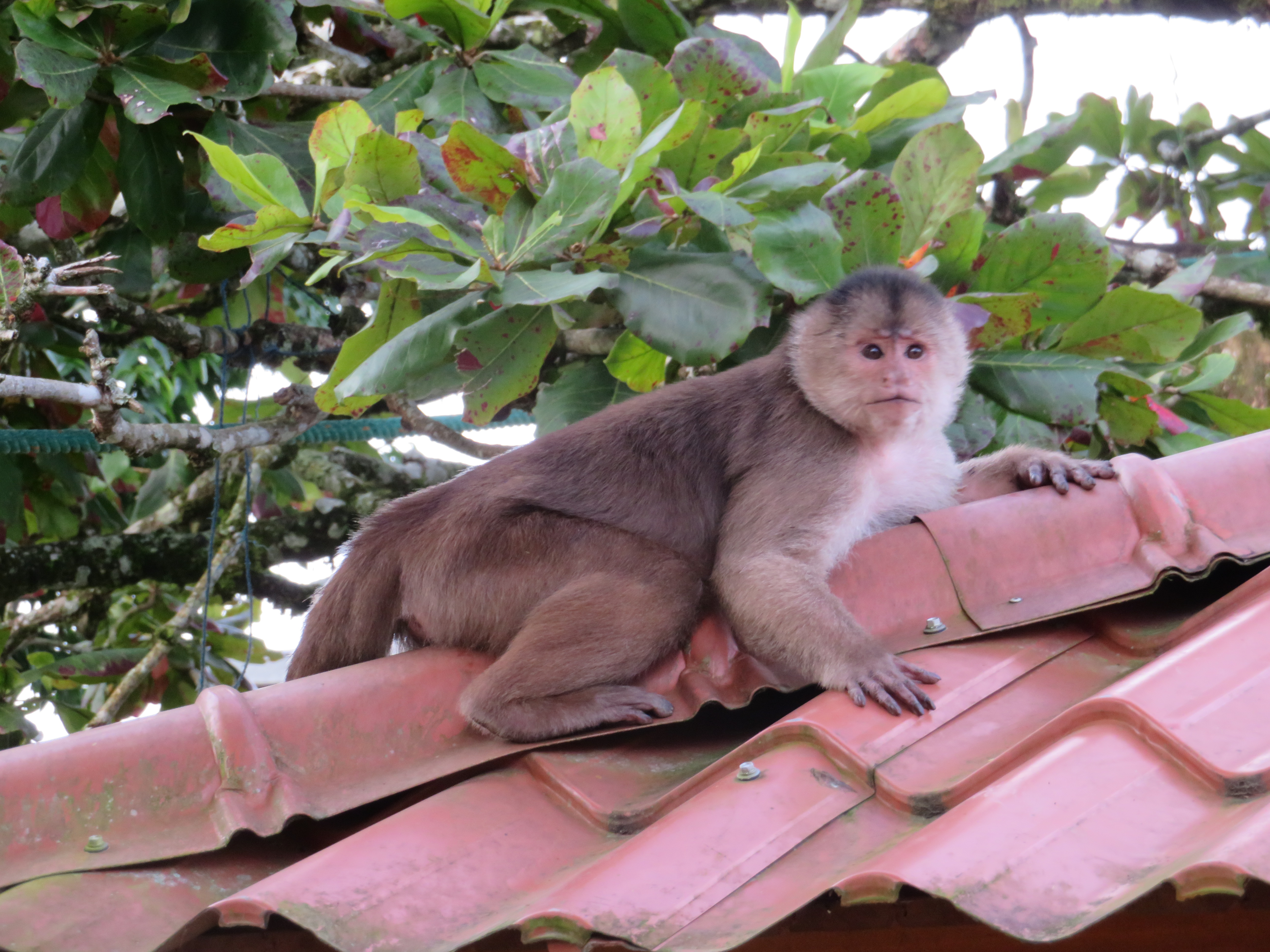
Environmental Challenges
Ecuador’s Amazon region faces a number of environmental challenges, primarily due to deforestation and oil extraction. The thin topsoil of the rainforest means that once trees are cleared, the land quickly becomes barren and prone to erosion. Oil spills and pollution from extraction activities have also had a detrimental effect on both the environment and the indigenous communities who depend on the forest for their livelihoods.
In response to these challenges, Ecuador has taken several steps to protect its natural environment. The country’s constitution, amended in 2008, recognises the rights of nature (or Pachamama, as referred to by many indigenous groups), granting ecosystems the right to exist and flourish. This legal framework has empowered local communities and environmental groups to take action against environmental degradation, including holding corporations and the government accountable for ecological harm.
The government has also promoted reforestation efforts in parts of the Amazon, planting native trees in areas affected by deforestation and working with local communities to restore ecosystems. Ecotourism projects, like those around Tena and Misahuallí, are designed to promote conservation while providing economic benefits to the region’s inhabitants.
Ecuador’s Environmental Management
Ecuador’s pioneering stance on environmental rights is embedded in its constitution, which was one of the first in the world to grant nature legal rights. Under this framework, natural ecosystems are recognised as legal entities, giving them the right to exist, regenerate, and be protected from destruction. This progressive legislation has allowed environmental advocates to take legal action to prevent projects that threaten biodiversity, such as oil drilling and large-scale deforestation.
At the same time, Ecuador is working to manage its Amazon basin more sustainably. National parks and reserves have been established to protect vast areas of the rainforest, and community-led conservation projects are providing indigenous peoples with the tools and resources to safeguard their ancestral lands. Reforestation efforts are ongoing, with an emphasis on planting native species to restore damaged areas. Additionally, Ecuador is a signatory to international environmental agreements, working to combat climate change and promote sustainable development in the Amazon.

Final Thoughts
Baños and the Ecuadorian Amazon offer a stark contrast to the dry highlands of the Andes. From the misty cloud forests around Baños to the dense jungles near the Río Napo, Ecuador’s eastern regions showcase the country’s rich biodiversity and natural beauty. Despite the environmental challenges posed by deforestation and oil extraction, Ecuador is making strides in protecting its natural heritage, with a forward-thinking constitution and community-driven conservation efforts. As ecotourism grows, the hope is that this unique region can continue to flourish, preserving both its ecosystems and the cultures that have thrived here for millennia.
Dates: 29/05/2018 to 04/06/2018 Dragoman Days 14 to 20

